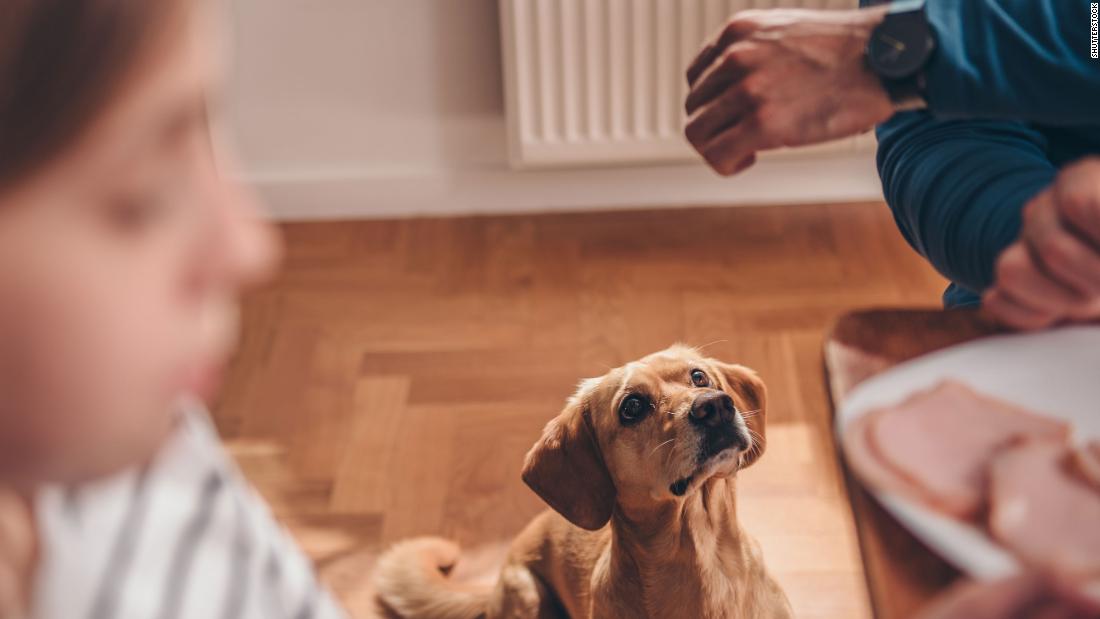Researchers at the Finnish Food Authority, a department in the ministry of agriculture, have hypothesized that, by feeding wolves meat scraps, Ice Age hunter-gatherers may have played a role in the initial domestication of dogs. And they say they can explain for the first time why humans would tolerate the company of a competitive predator during this period.
Still, the team of researchers at the Finnish Food Authority wanted to know how this “mutually beneficial” relationship came about, as humans and wolves would have competed for food in the winter months.
“Humans have killed cave bears and saber-toothed cats to remove other carnivores,” Maria Lahtinen, senior scientist at the Finnish Food Authority, told CNN.
“People have not been able to explain why humans would tolerate competitive carnivores in their areas of life,” she said.
The researchers estimated how much energy would be left by humans from the meat of species they hunted for food, such as horses, elk and deer, between 14,000 and 29,000 years ago.
Their calculations indicated that during the winter months in Europe and Asia, hunter-gatherers, who were not fully adapted to a carnivorous diet, had a surplus of lean meat, which they could share with wolves.
“During the late Paleolithic period, the climate was such that most of Europe and Asia had winters,” Lahtinen, the study’s first author, told CNN. “They were areas of cold climate, which means that every year, there were (conditions) where humans had access to proteins,” she explained.
“Humans are naturally adapted to the carnivorous diet, but we can only consume about 20% of the protein in our diet,” she said.
This excess of meat could have been easily shared with the wolves, the team says – a step towards a mutually beneficial relationship.
“After this initial period, incipient dogs would have become docile, being used in a multitude of ways, as hunting companions, pack beasts and guards, as well as undergoing many evolutionary changes similar to those of humans,” wrote the authors in article. published Thursday in Scientific Reports.
